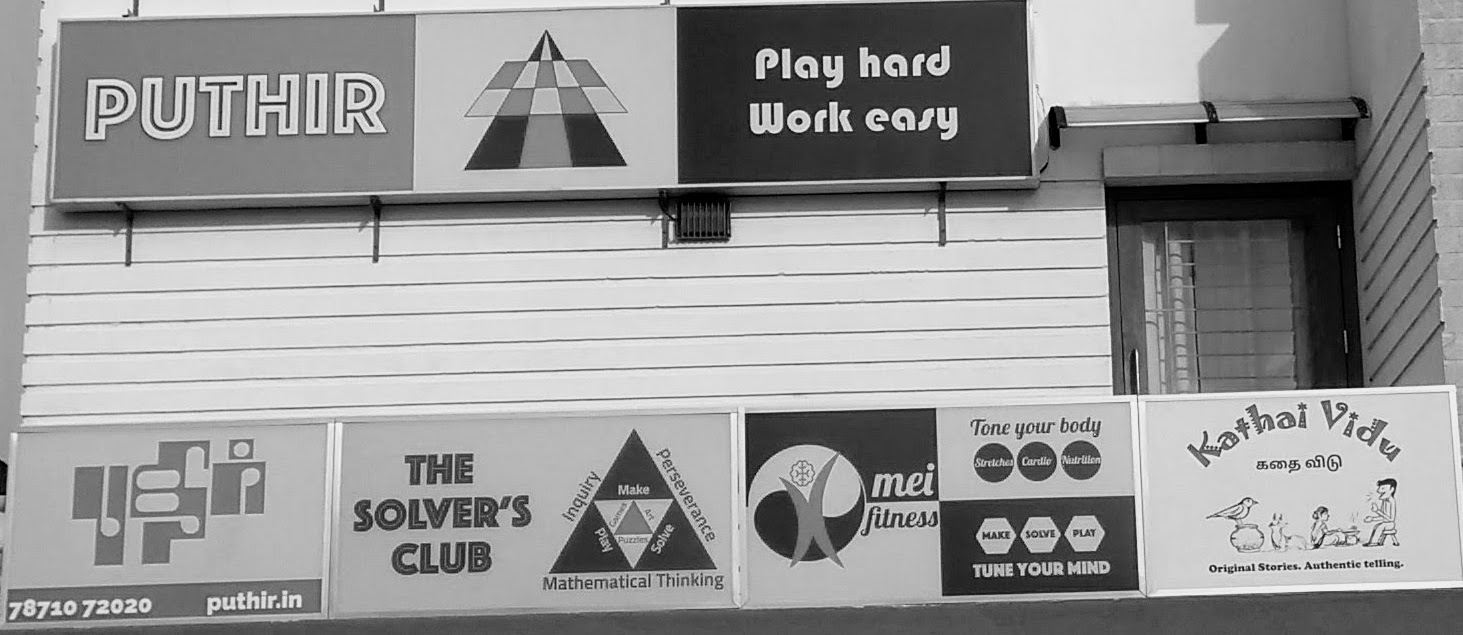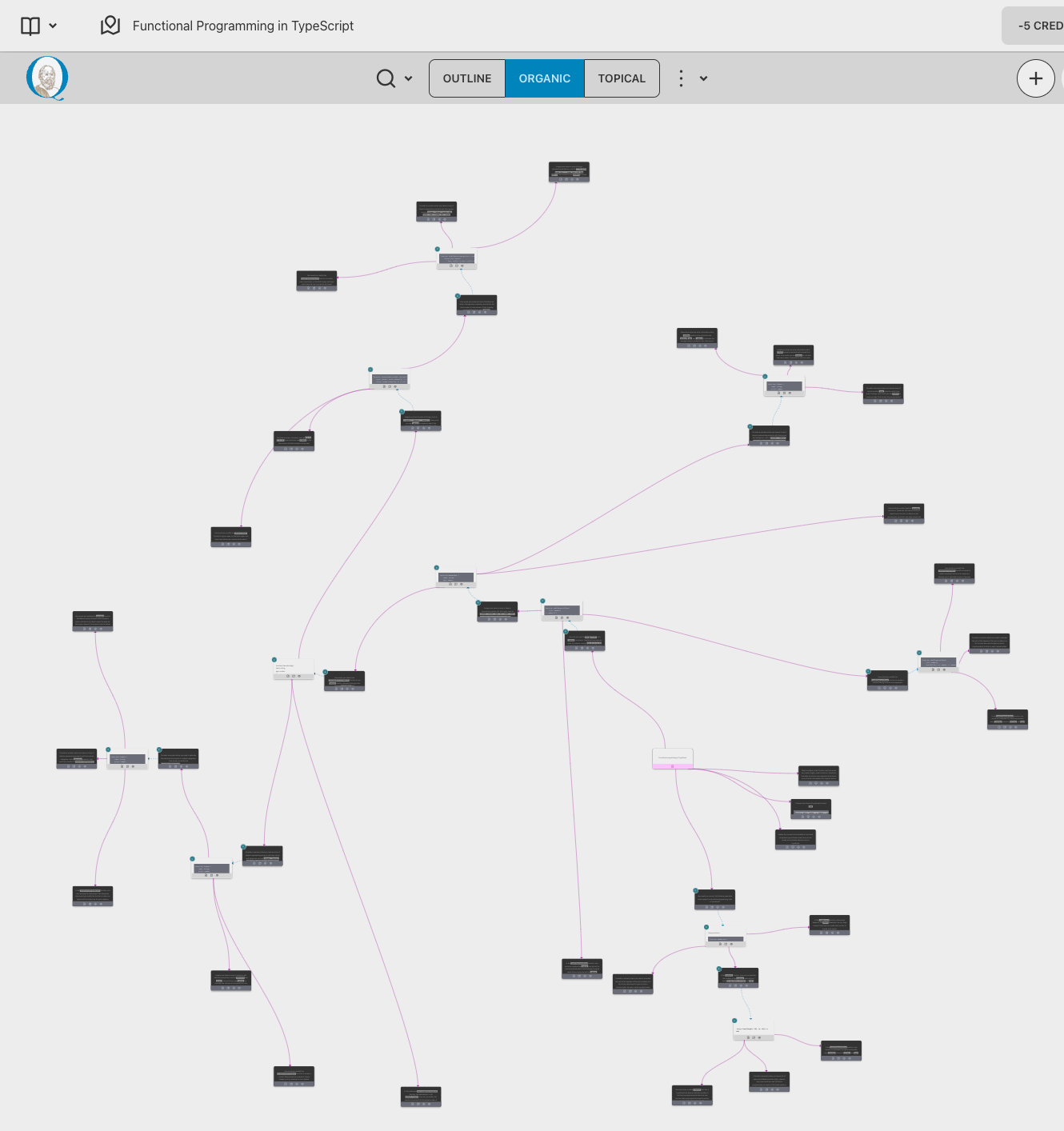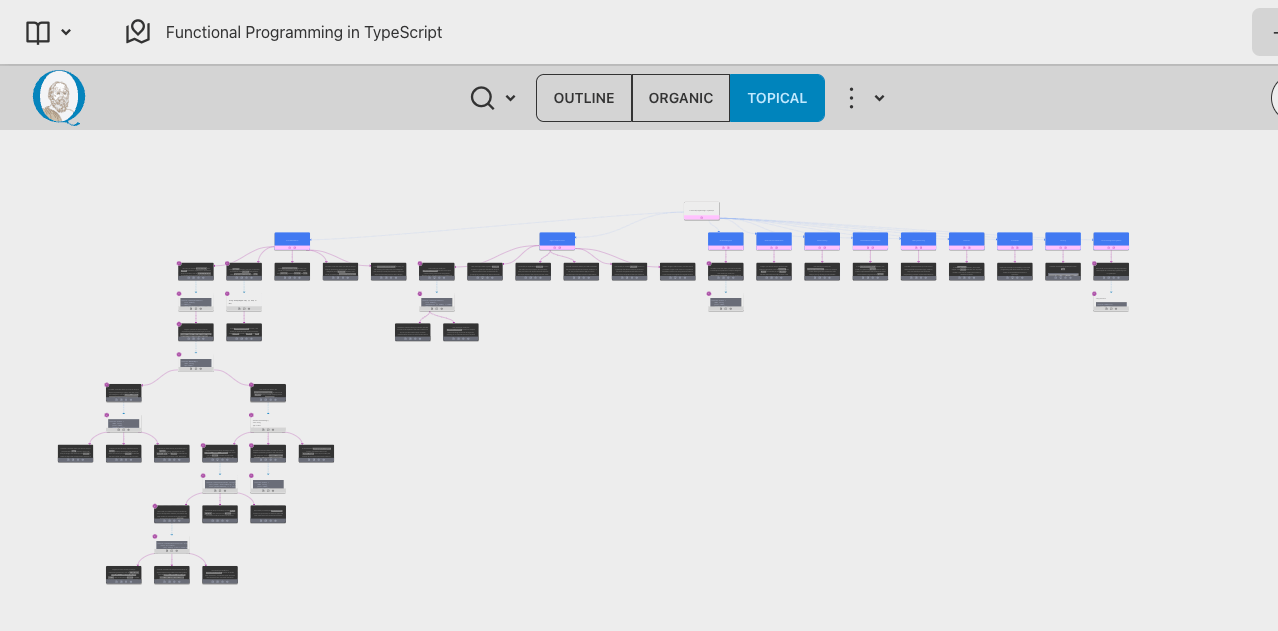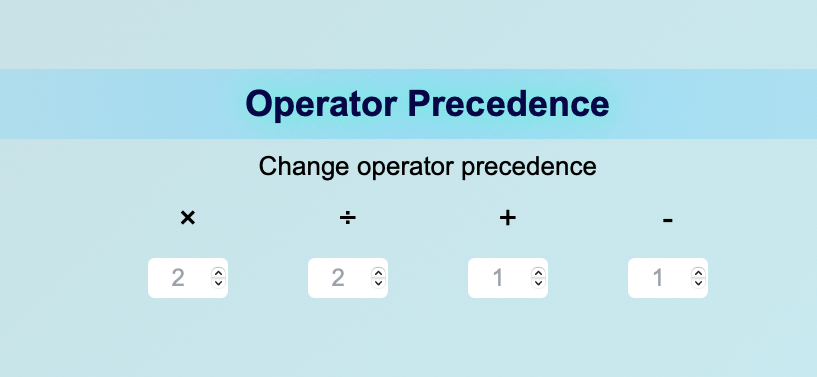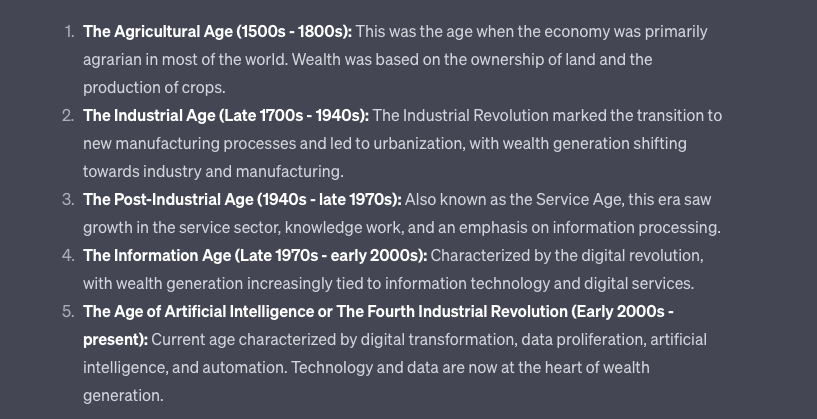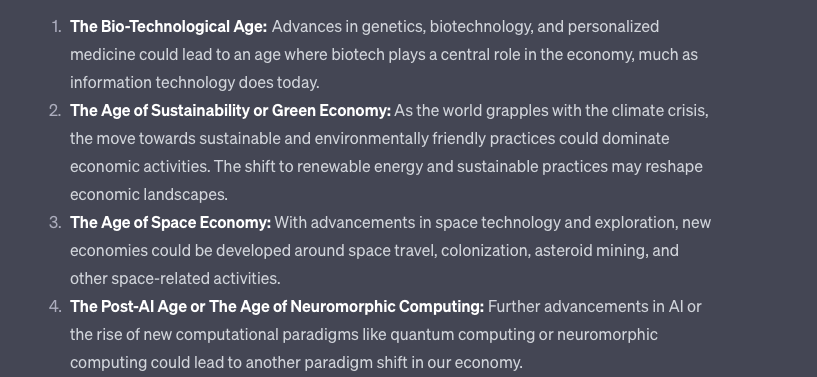Background
For those that aren’t aware of our history, we ran a parallel school for 4 years, serving over 100 children across economic, emotional and social spectrums. Magical things happened at our high-energy, boundless institution.
We integrated kids with huge learning gaps (can’t read) with school going children. They learned art, math and programming with no perceivable difference between the groups. 8 year olds did functional programming by inventing their own programming language. We told over 20 feature-length stories alongside hundreds of mini tales that initiated every one of our activities. You can read our origin story.
Puthir V2
Building upon this research, execution and learnings, we are steadily building the foundations for Puthir V2, shaping it into the educational institution that will serve the next several generations. Such institutions do not arise from incremental improvements.
They come from intentional questioning. Of practices that are deemed unquestionable. Of conventions that are so ingrained in society that they are indistinguishable from human nature. Of beliefs that are upheld by the highest authorities. While there are a lot of people doing grand things in education, we have chosen this path as we believe it is the right time to rethink education from first principles.
We launched our first learner’s portfolio 6 months back, with a selection of his art, first game and some writing. Today, as we wrap up our second year of boundless learning, we are happy and excited to show-case his progress so far.
We hope that this:
- Gives some insight into how our approach to education allows for exceptional humans to emerge with their creativity, curiosity and love for learning cherished, nurtured and uplifted.
- Encourages parents and teachers to think about how much there is to accomplish if we are willing to step away from the vicious, exclusionary and unproductive learn-to-be-assessed, assess-what-you-learn cycle.
- Provides visibility into our work so that people who dream of a similar future can get in touch with us to partake in our efforts or shore up capital for us to execute on our larger vision.
- Illustrates how the current approach to have subject-wise learning that’s disconnected from reality is harmful compared to an application oriented, student-led, art-integrated curriculum and pedagogy.
Loving Math
Back in June 2021, we decided to listen to our son and empower him to pursue creative learning instead of rote academics that was slowly suffocating him through middle school. As parents, we had concerns as the curriculum design was getting heavily influenced by political propaganda. The seeds were sown much earlier though.
One day, after having to work through a truck load of problems designed for memorizing the BODMAS rules, our son kicked the book away and said the dreadful words: “I hate Math”. As parents and educators who believe that strong love for mathematics is essential to make sense of the world he will inhabit, we realized that our task was cut out.
Presenting the newest addition to our learner’s garden: The Expression Tree. We are excited to showcase our first learner’s work which turns the BODMAS monster into a lovable toy. You can read his detailed discussion on the history, design and working of this project. All his code is open sourced for anyone interested in finding out how exploratory learning works with greenfield programming. We have been working with children of all ages on programming projects large and small. This is, however, our first time seeing advanced projects realized and it’s been a fascinating experience.
A project that organically evolved from our work with Mathematical Logic and Proofs, this was a fun adventure with many gains:
- It reinforced ideas we had discussed in the past and allowed him to look at arithmetic operations as abstract operators with properties.
- It sets up a playground for more advanced algebras
- It helped him significantly improve his programming skill with exploratory learning of parsing and some rudimentary ideas in compilation.
- It allowed us to engage in discussions around functional user interfaces.
- It brings into effect a powerful learning tool. Using computation as a way to learn, understand and demonstrate complex mathematical ideas.
The ability to reason
With every object around us gaining computational skill and with computers slowly gaining intelligence, the next generation will inhabit a world where mathematical entities, both natural and man-made, are not just objects, but some kind of beings.
Ability to reason stems from the capacity to evaluate a given situation, ask the right questions, process responses and arrive at the closest approximation to truth. As we look at a future inhabited by intelligent machines, it comes from using computation to extract relevant ideas from vast amount of packaged human knowledge. It comes from intelligent conversations with humans and machines.
It comes from using abilities built-into us and those augmented by the machines we created. And finally, in the act of integrating all of the above to arrive at truthful conclusions.
It is imperative then to elevate our mathematical explorations for youngsters from arithmetic to abstractions in logic, proofs and computational constructs. Our learner’s project demonstrates the acquisition of these abilities. SocratiQ, AI enabled personal learning assistant from our sister project Koodup, has added immense value towards learning ideas deeper as well as filling the gaps that undoubtedly form with experiential learning.
The ability to construct
Innovation comes from breaking the rules by asking “What If” questions in an incessant loop. Unfortunately, most of our educational principles (excluding the incredible teachers that make way for exceptional thinking) do not involve “What Ifs”, but lean more towards “It just is”.
Our learner’s expedition into expression tree involves not just asking “What If”, but also allowing the users of his toy to see for themselves “What If BODMAS was a SADMOB”? This ability to not just ask the question, but also use the power of computation to arrive at some answers is key to unlocking humans for the upcoming humachine future.
Real world skills
We are past the industrial age, the information age and now into the age of artificial intelligence. Where is our education? What skills are we imparting?
As human knowledge gets compounded, so does the time it takes to develop expertise. If we continue with our current education system, soon we’ll reach a point where you will have to be 60 to show any semblance of expertise. We complain that the fertility rates are dropping, but who wants to bring babies to life if it takes 60 years to gain an ounce of self-esteem. I’m half joking here, but seriously, do we all think education is just fine?
As part of his exploration of Mathematical Logic and Proofs, our learner has accumulated significant ability to program using the TypeScript language, build websites and applications, pick up new ideas by learning from materials available at his disposal. We are fairly certain that his skill level is ahead of the average under-graduate from Indian institutions and on-par with the average under-graduate in other developed countries.
Marks, Scores and Grades
By shying away from paying attention to assessments, examinations and regurgitation, we were able to take an optimal path towards essential learning:
- Going deeper based on the interest level of the student.
- Working deeply on things that evolved naturally through iterative exploration.
- Not stopping work because of an arbitrary deadline or milestone, but continuing to completion.
All of this would have been impossible if we were to follow the standard curriculum. Let’s now take a pause to think about outcomes:
- If you are a hiring manager, who’d you hire? Our learner with his portfolio continuously developed over the next 5 years or someone with a piece of paper that says they graduated?
- If you are an investor, who’d you trust your money with?
- If you are founding a startup, who’d you rather co-found with?
- If you are a researcher, who’d you want on your research team?
To us the answer is obvious. We’d love to hear from those that agree or disagree. Shoot us an email: [email protected].
Will this scale?
We believe that success of first set of learners will make scaling our efforts almost self-fulfilling. Once we establish a model school that acts as a reference implementation and as a mother-ship for satellite institutions and facilitator academies, we believe the adoption will be exponential. We are building learning infrastructure for this both at Puthir and Koodup to help accelerate this adoption.
What’s next for our learner?
We focused the first half of the current academic year on realizing our goal of having a public portfolio. Our second half was to make our learner as independent and as advanced a student as possible, while growing his portfolio. Having accomplished both the goals successfully, our upcoming year is focused on widening our ambitions to take on projects that are beyond math and computing while reinforcing our work from the past year. We are aiming to make his portfolio more alive and active with emphasis on discourse, intellectual engagement and collaboration.
His self-directed studies in art are slowly bearing fruits and we are hoping to see his efforts across the art-math-tech spectrum come together next year. Next year will involve significantly less facilitation and a lot more reflection, passive observation and advisory supervision.
What’s next for Puthir?
2022 was a hard year for us. As we realized how much value we were adding to our first learner, we felt the pain of the lost opportunity for several other kids who’d have done just as well. However, we realized that it is impossible to show someone a better future when their dreams are stuck in the past. 2023 has been a great year. Constrained only by things not under our control, we are making progress in leaps and bounds on very important things.
When we see progress in our learner’s work, the data from our products in Koodup and how our plans are materializing, we are overwhelmed by a sense of inevitability. The sense that manifests when you are in the vicinity of an absolute truth.
Our ultimate goal is to bring this incredible experience to everyone, regardless of their nationality, economic / social status, religion, caste, color or creed. But bring it in a way where the risks are on-par with the current system but rewards much, much higher. For this, we are raising a large amount of capital, a team that can dedicate their lives to this cause (like us) and relentless effort.
In the near-term, we are planning to take on more learners at Puthir focused on parents that understand the benefits, are aligned with our goals and have the means and courage to mitigate the associated risks. If you are one of them, reach out to us with a detailed note on why you find us interesting/important, why you’d like what we do for your child and your expectations: [email protected].
Koodup & Puthir
Our sister project, Koodup has achievable-in-near-term ambitions that takes many of the above ideas and deploys it at scale. We are seeing promising results from our early releases and our user base continues to grow. These products are part of essential learning infrastructure we are building for Puthir, the school and the university. In combination, these two projects alongside a third one we’ll introduce at the right time, will become the engine that rebuilds education.
